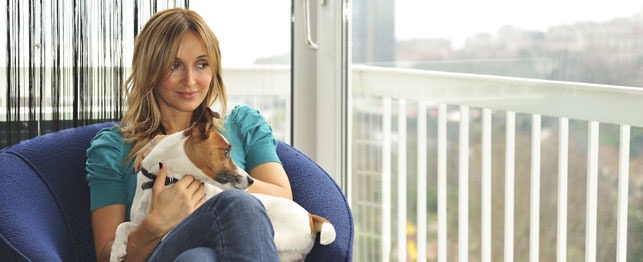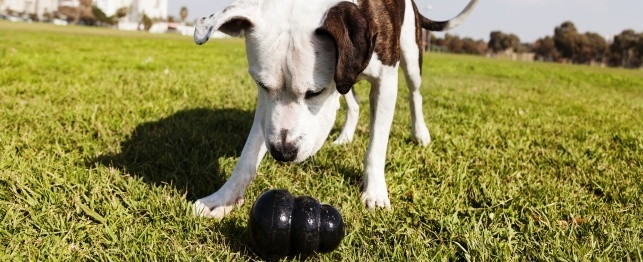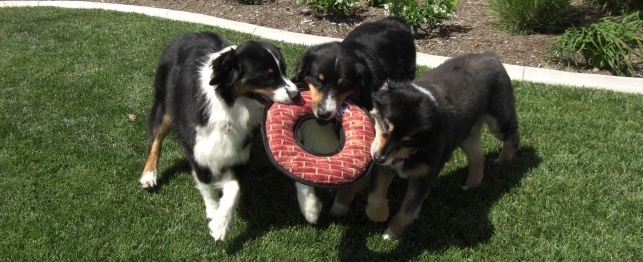Fido is lying listless in his bed; not even the temptation of slobbering on Aunty Mavis is of interest to him; his food is untouched, he may not be drinking much and a nice "walkies" is completely out the question. His eyes are dull and his manner is depressed. What on earth is the matter with Fido? It is unlikely that he's simply bored with his home life; it's probably indicative that Fido might be ill; and these listless behavioural symptoms are a sign of fever.
If you touch Fido around the ears or the nose he may feel hot. Just as with humans a fever will raise the overall temperature to combat infections from bacteria, viruses and ingested toxins, the same is true of dogs. In humans touching the skin will ascertain if the temperature is raised. However, a dog's temperature is normally 3 degrees above that of a human: somewhere between 37.8C (100F) and 39.3C (102.7F). So Fido will naturally feel warm; but to a human touch how warm is warm? Fido is not in a position to speak.
He may also be showing more serious signs of illness such as an itch which he'll be scratching; he might find it painful to move; he may even have diarrhoea and vomiting. Unfortunately only a trained professional can tell by touching a dog if there is a fever; and even then they will know that the surest way of telling is with a thermometer.
When taking the temperature of a child, the thermometer can be inserted under the tongue or under the arm. Not really possible for Fido: it's usually done rectally with animals. Not pleasant for either of you. Make it easier on your poor sick pooch with some lubricant, like petroleum jelly. Reassure him as well, as he's really not having a pleasant day. It would also be best to keep a thermometer for his personal use.
A temperature slightly above 102F might indicate only a mild fever, and as with humans, this is not necessarily a bad thing: a mild illness often helps to boost the immune system. Therefore generally Fido should be kept comfortable, insuring that he doesn't dehydrate. The temperature should be monitored at regular intervals to see if it alters. It should also be noted that faeces may be the causing a false reading, so it's best to check after Fido has relieved himself. If the temperature begins to rise, or is taken at 105F or above then this indicative of a serious illness and requires immediate consultation with a vet.

 How To Use Vibration Dog Training Collars
All dogs need training at least, no matter how smart the do
How To Use Vibration Dog Training Collars
All dogs need training at least, no matter how smart the do
 City Slickers: 5 Tips for Urban Living with Cats & Dogs
City Slickers: 5 Tips for Urban Living with C
City Slickers: 5 Tips for Urban Living with Cats & Dogs
City Slickers: 5 Tips for Urban Living with C
 Commercial Brain Games Challenge Your Dog
Commercial Brain Games Challenge Your Dog
Commercial Brain Games Challenge Your Dog
Commercial Brain Games Challenge Your Dog
 Dog Dudes: Surfing Dogs
Dog Dudes: Surfing Dogs
Dog Dudes: Surfing Dogs
Dog Dudes: Surfing Dogs
 Playing Tug of War with Your Dog
Playing Tug of War with Your Dog
Playing Tug of War with Your Dog
Playing Tug of War with Your Dog